Villagescape
5.2.21A village is traditionally set in a rural location, with a church (which upgrades it to a village, from a hamlet), a pub and maybe even a shop or two. A pastoral idyll.
This has bestowed the very word ‘village’ with a nostalgic and picturesque aura, which has increasingly been used as a descriptive shorthand for visual charm and distinction in the branding of urban and suburban areas alike.
This has bestowed the very word ‘village’ with a nostalgic and picturesque aura, which has increasingly been used as a descriptive shorthand for visual charm and distinction in the branding of urban and suburban areas alike.
Building villages and cities in Banished and Cities: Skylines1.
Human settlements - hamlets, villages, towns and cities - evolve, (they don’t usually appear overnight, unless they’re temporary, like camps) and they are subject to conditionality and contingency, with influencing factors such as infrastructure and demographics.
Amongst my research for Land Ground Earth Soil were city-building games like Banished and Cities: Skylines. The former is a real-time strategy game in which the player builds a community from scratch, managing land and labour. While the latter scales this up with roads, infrastructure and zoning; unlocking further resources as milestones are met and the city grows in size. Its citizens are mere tiny faceless figures, responding to the socio-economic conditions created by the player’s impulses: an entertaining insight into the ease of city planning corruption.
In the context of Model Village I refer to the village in a generic way: representing all settlements, whatever their scale.
Amongst my research for Land Ground Earth Soil were city-building games like Banished and Cities: Skylines. The former is a real-time strategy game in which the player builds a community from scratch, managing land and labour. While the latter scales this up with roads, infrastructure and zoning; unlocking further resources as milestones are met and the city grows in size. Its citizens are mere tiny faceless figures, responding to the socio-economic conditions created by the player’s impulses: an entertaining insight into the ease of city planning corruption.
In the context of Model Village I refer to the village in a generic way: representing all settlements, whatever their scale.
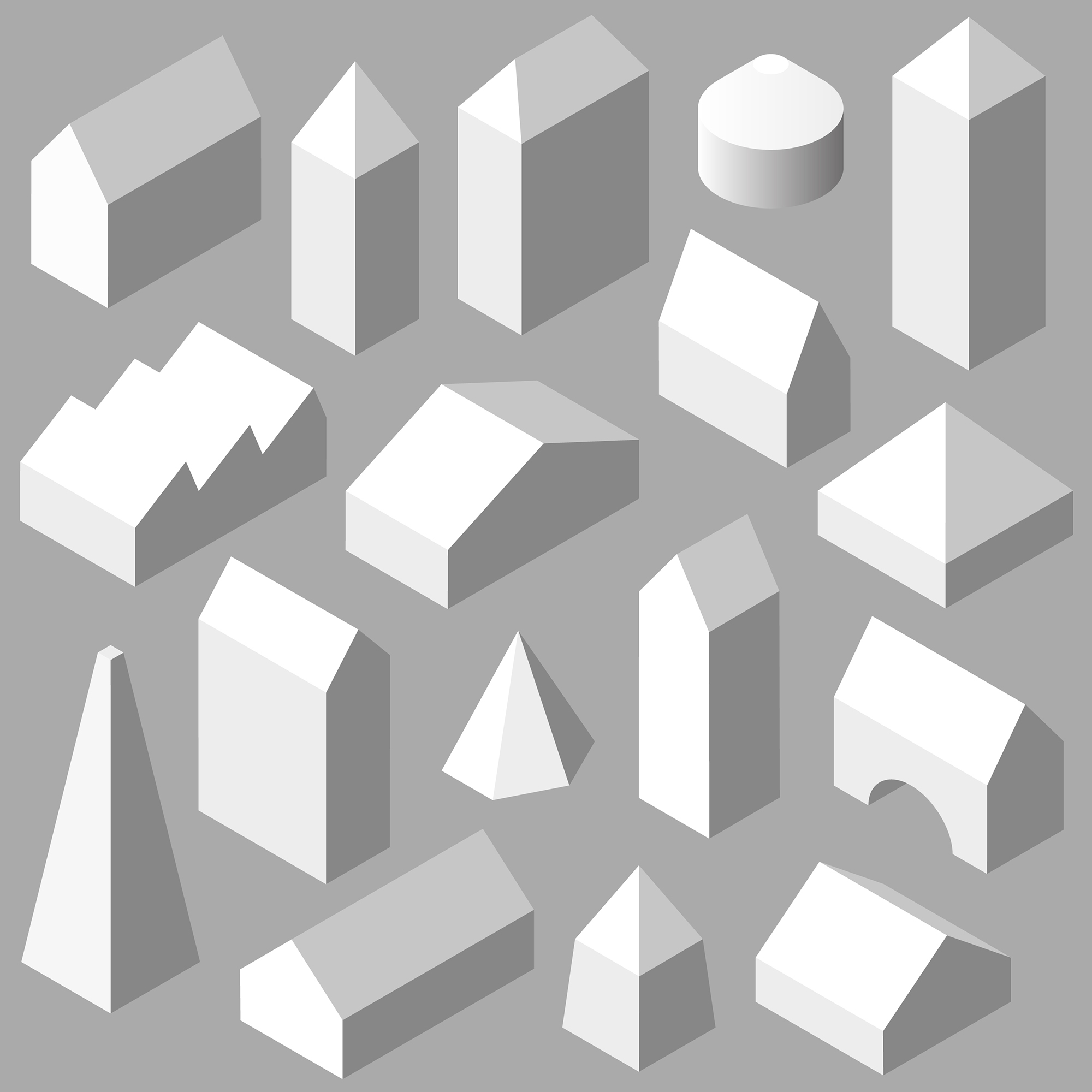
So I am currently experimenting with creating a villagescape out of tarpaulin. It may include abstract representations of buildings and structures more likely to be seen in a city, but the models now form part of this new soft village community.
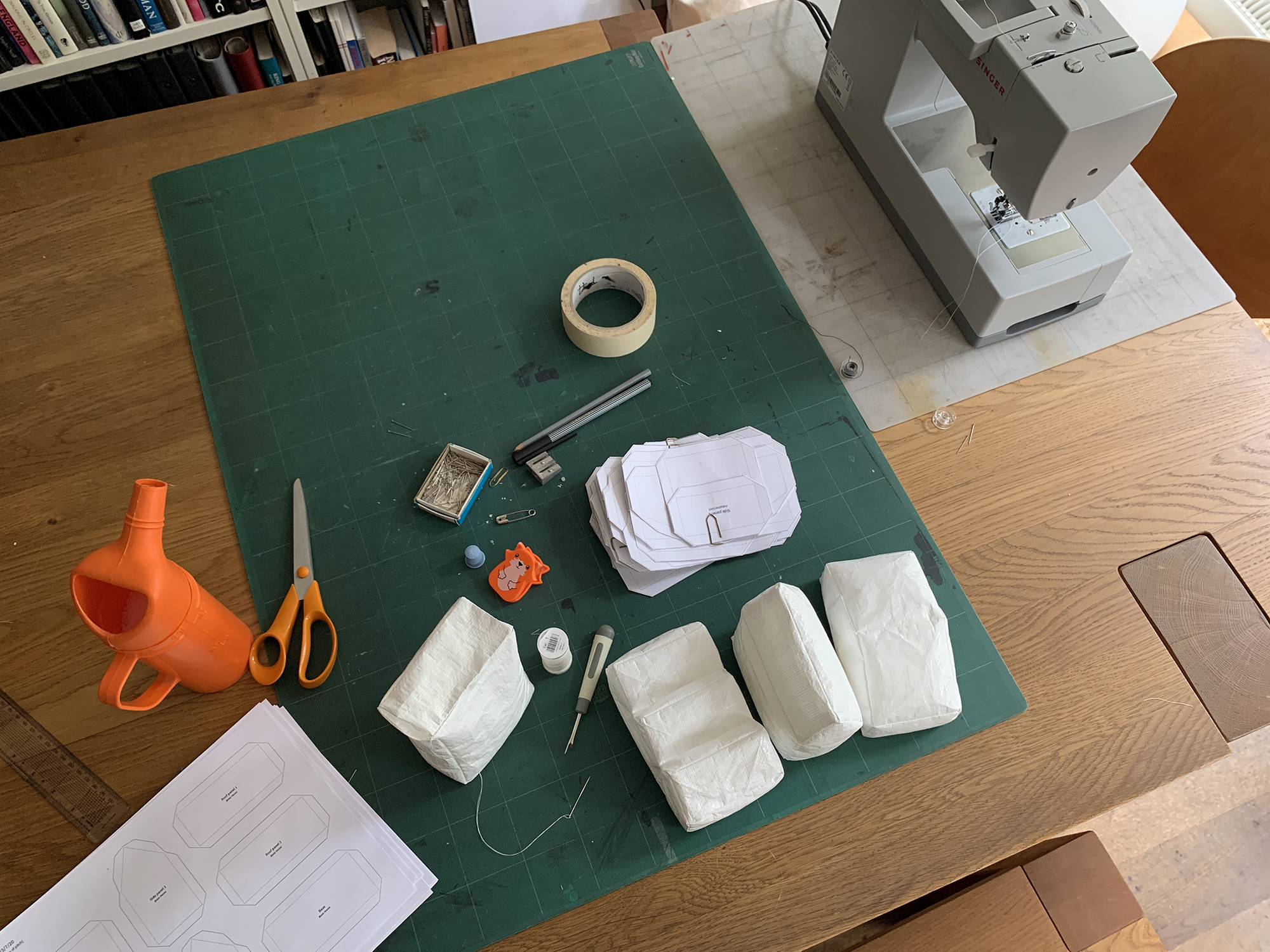
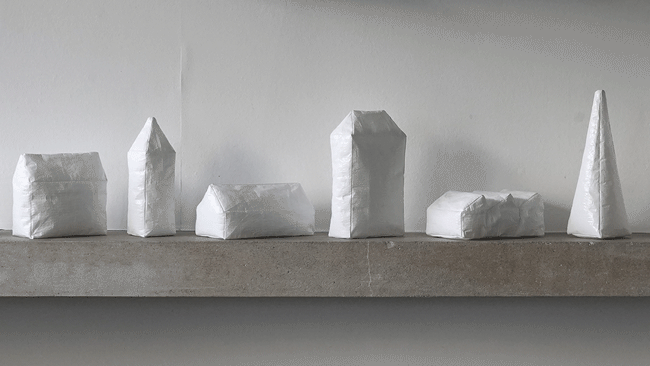
Tarpaulin is an unwieldy material and its properties determine what I can and can’t do with these models. I plan to try it with more challenging roof shapes, but still based on the gable/hip roofs: cross-gable, cross-hipped and mansard. BBS
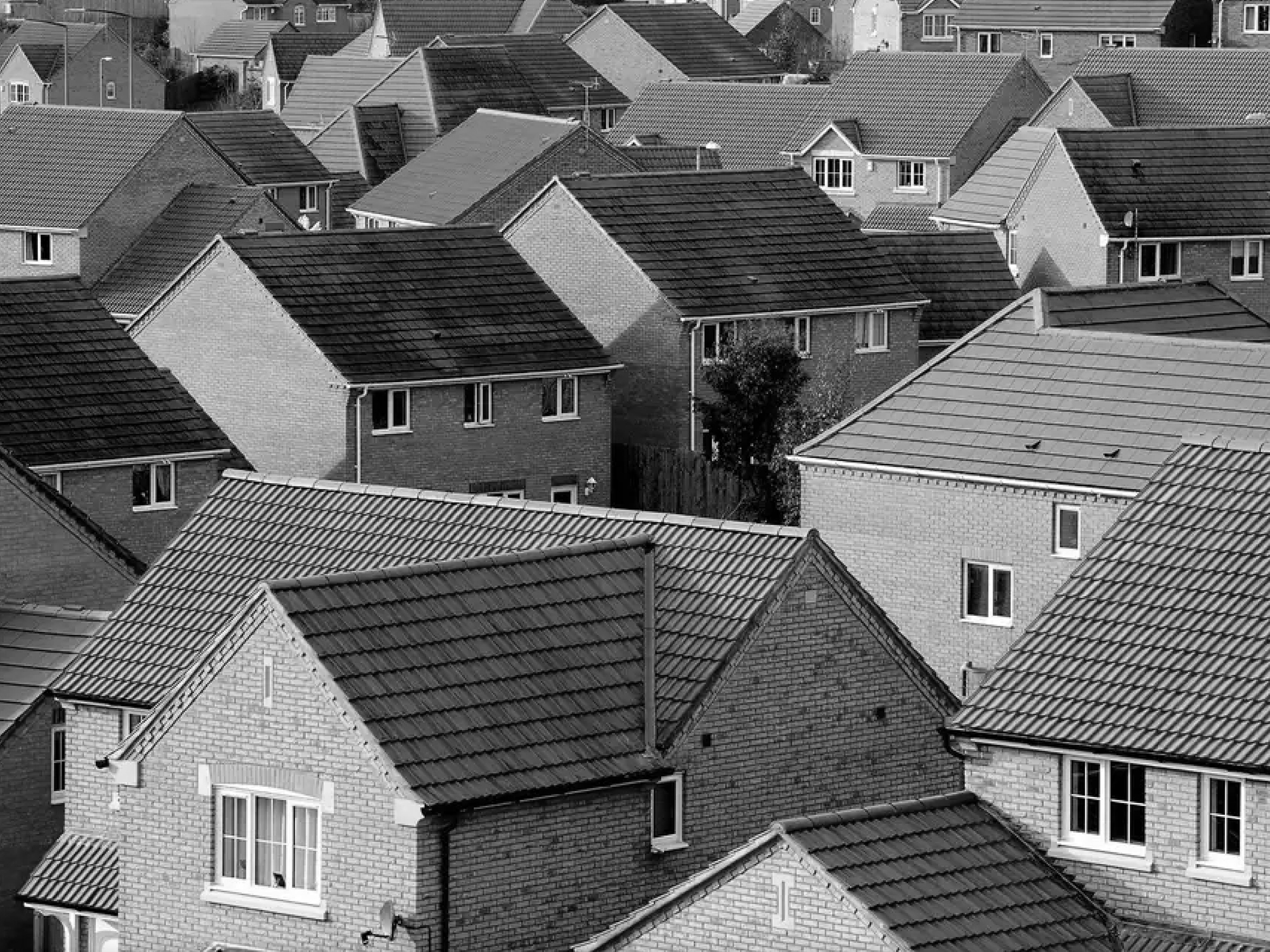
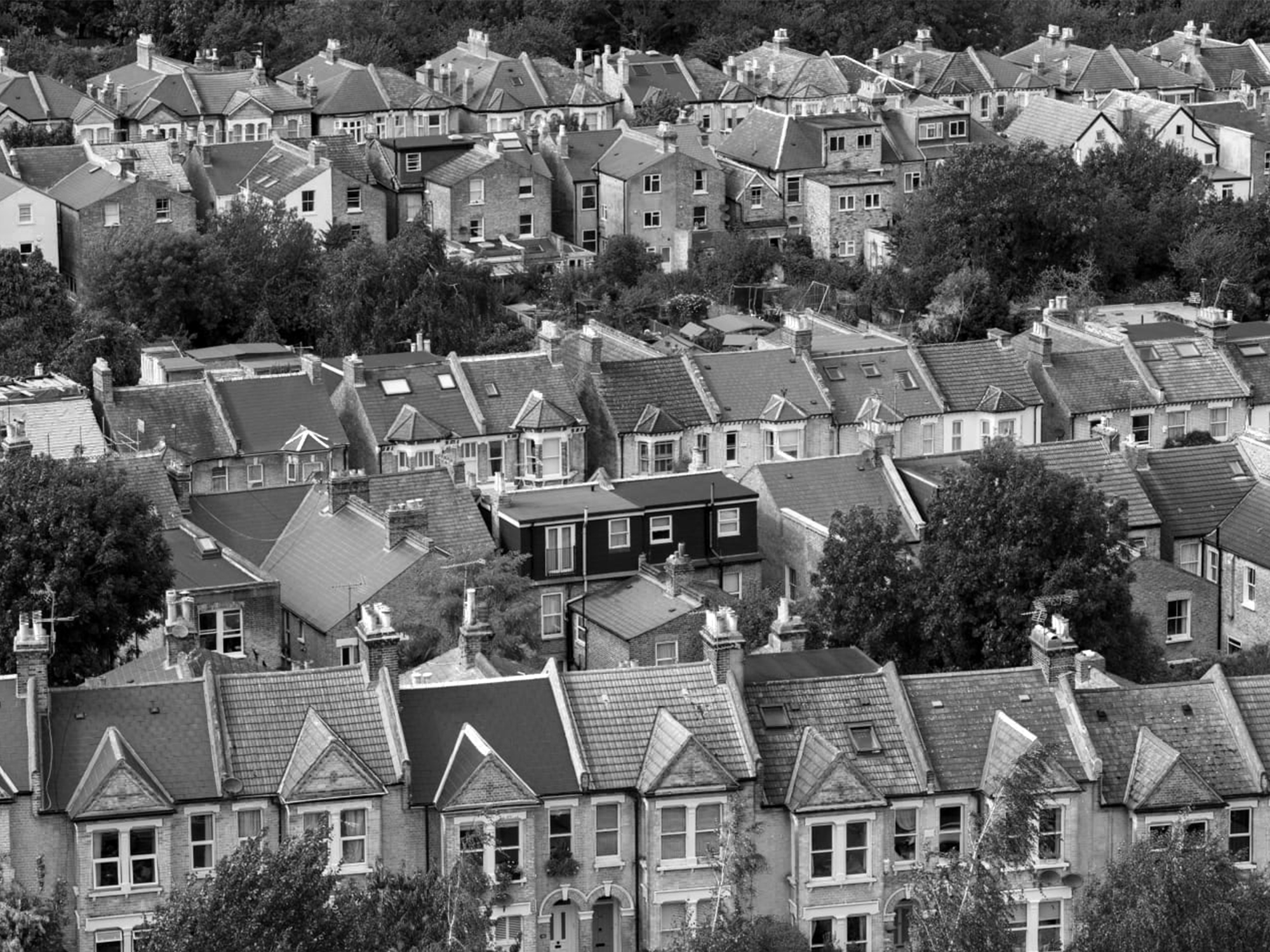
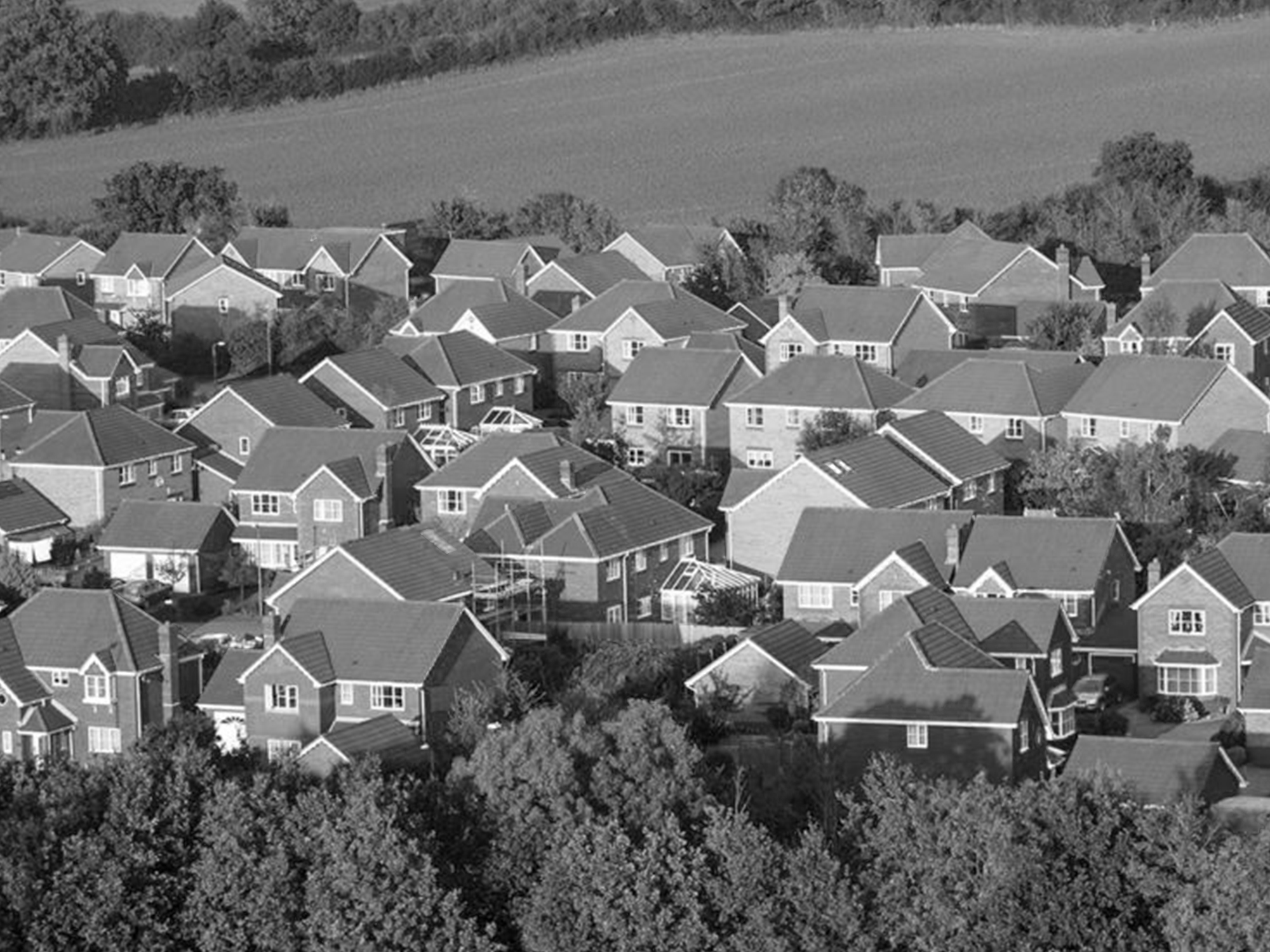
1 Banished, Shining Rock Software (2014); Cities: Skyline, Colossal Order (2015).